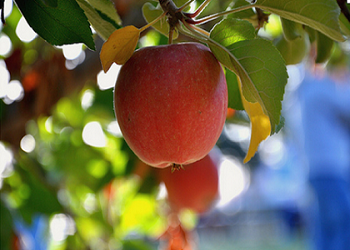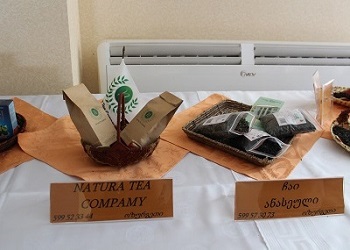- Details
The main objective of this project was to analyse the predicted potential for Georgia to specialize in the production of various agricultural goods. APRC assisted the German Economic Team within this project with regards to: searching, collecting and summarizing data, reviewing existing literature to study the potential of agricultural goods which have a relative comparative advantage compare to other. The empirical paper by GET Georgia predicted the potential for Georgia to develop its specialization in 14 agricultural goods. Our analysis showed relative comparative advantage of several goods and we grouped them into following three categories: Fruit and Vegetable; Tobacco, Dairy Product, Fish and Sea Food. There are large investment needs, but also many potential benefits from higher value-added, processed products.
- Details
Georgia’s wine industry is heavily dependent on export to CIS countries, especially Russia. Two main short-run risks associated with the Russian market presently affect Georgian wine exports: The possibility that Russia might cancel its free trade agreement with Georgia, and the economic slowdown in Russia which could lead to reduced demand for Georgian wine. These short run risks are substantial, albeit manageable as they will reduce Georgian wine exports in total by only USD 28.5 m or 17%.
In the long run, the Russian wine market is likely to stagnate or even decline as the Russian population shrinks and ages. Therefore, steps should be taken to reduce the dependence on this market and diversify exports. We recommend several measures to expand exports to non-CIS markets:
- Details
On July 1, 2015, the Stakeholders’ Forum on the Tea Sector took place in Kutaisi. This was a first event in a series of dialogues about agriculture and rural development in Georgia organized by the ISET Policy Institute in partnership with CARE International in the Caucasus, the Regional Development Association, and the Georgian Farmers Association.
The main goal of the forum was to clearly visualize the challenges and opportunities faced by the various sector actors involved, including input suppliers, farmers, cooperatives, processors, market intermediaries, consumers, and exporters with the overall goals of improving productivity in the sector, connecting farmers with new business opportunities, exploring new export markets, and developing and managing Georgian tea brands.













